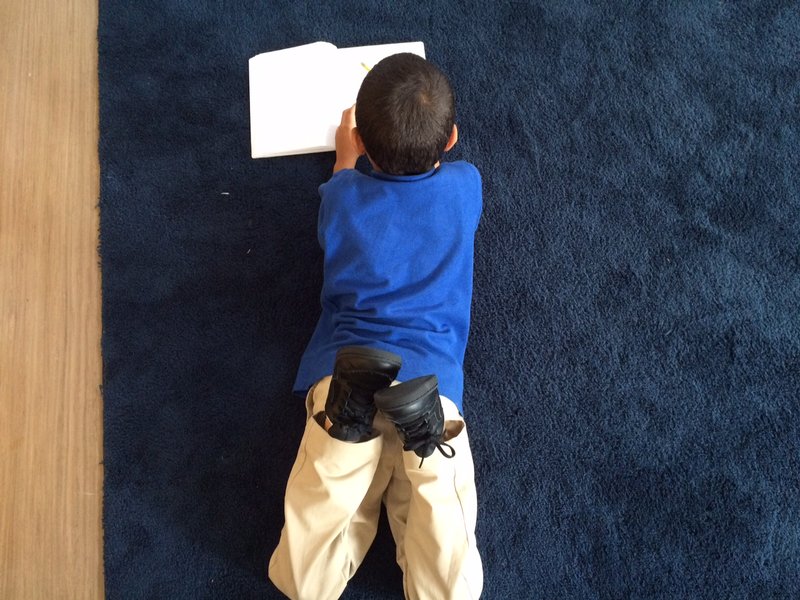 SchoolBook
SchoolBook
Council Members Call for More Gifted & Talented Seats in Black and Latino Neighborhoods

City council members and parent leaders are urging black and Latino parents to request Gifted and Talented (G&T) testing for their children before the Nov. 9 deadline, to increase minority participation in the program.
Black and Latino children account for more than two thirds of New York City public school students. But their representation in gifted and talented programs has declined from 27 percent in 2012 to 22 percent this year, according to the Black, Latino and Asian Caucus of the New York City Council. The G&T programs take students who score highly enough on two tests given each winter.
The political leaders believe the city's Department of Education could do more to boost those numbers. They note that four of the city's 32 community school districts do not have any gifted and talented classes, and those districts are predominately low income people of color. For example, only 12 students qualified in District 7 of the Bronx.
The Department of Education has said it can't offer gifted and talented programs in districts that don't have enough incoming kindergarten students to fill a class.
"We need to encourage the D.O.E. and teachers to refer all eligible students for possible participation so that no child of color misses out on this opportunity," said Bronx councilman Andy King.
Two of the districts without any G&T programs are in his borough, which then contributes to a lack of awareness among the parents, he said.
NeQuan McLean, who leads the community education council in central Brooklyn's District 16, which also doesn't have a G&T program, said he's hoping to pressure the D.O.E. to remedy that.
"We are willing and we're ready to knock on doors, to get people to test, because if that's the excuse they want to use, they're not going to be able to use that," he said.
Harry Hartfield, Deputy Press Secretary of the Department of Education, said that the department has reached out to communities of color.
“Every student deserves a fair shot at gifted and talented programs, and we have worked to increase the number of test takers in areas with low participation rates by sending postcards to families with information on how to sign their child up for testing and provided translated hard copies of G&T directories at pre-k programs for the first time," he said.
Hartfield said children who get into gifted and talented programs from districts without them are sent to classes in other districts nearby. For example, District 16 students who qualified this year were all sent to a class in District 32, a bordering community.
But council member Robert Cornegy, who represents that neighborhood, said it's still a loss to the local community.
"When we send our students to other parts of the city and other boroughs to be educated, they socialize in other places," said Cornegy. "We want the socialization to take place where they live, where they shop, where they worship."